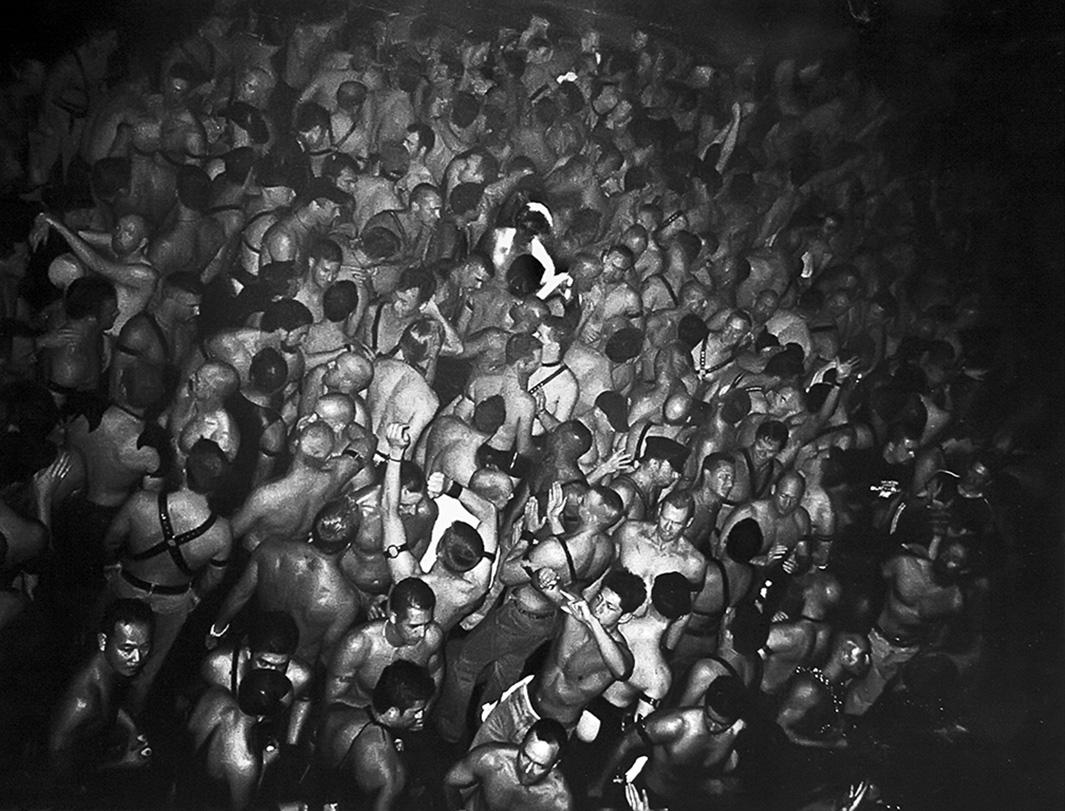When Luis Carle came to New York from Puerto Rico in 1984 to study photography at Parsons, he quickly found a group of friends with whom he not only socialized but also participated in activism, including the March on Washington in 1987. After graduating, Carle eventually formed relationships with both editorial and commercial clients in both New York and Puerto Rico. But then, as was the case for many people in the LGBTQ community, many of Carle’s friends began to die from complications of AIDS.
To preserve their memory and the contributions of the Puerto Rican LGBTQ community, in 1992 Carle formed a collective of Puerto Rican artists called the Organization of Puerto Rican Artists, Inc. (O.P. Art, Inc.), a supportive group of about 100 creative people.
“I got worried we would disappear,” Carle said. “When I was growing up the older people would always be around telling you do this or that. They would educate you … but then that generation in between didn’t have that because a lot of people died.”
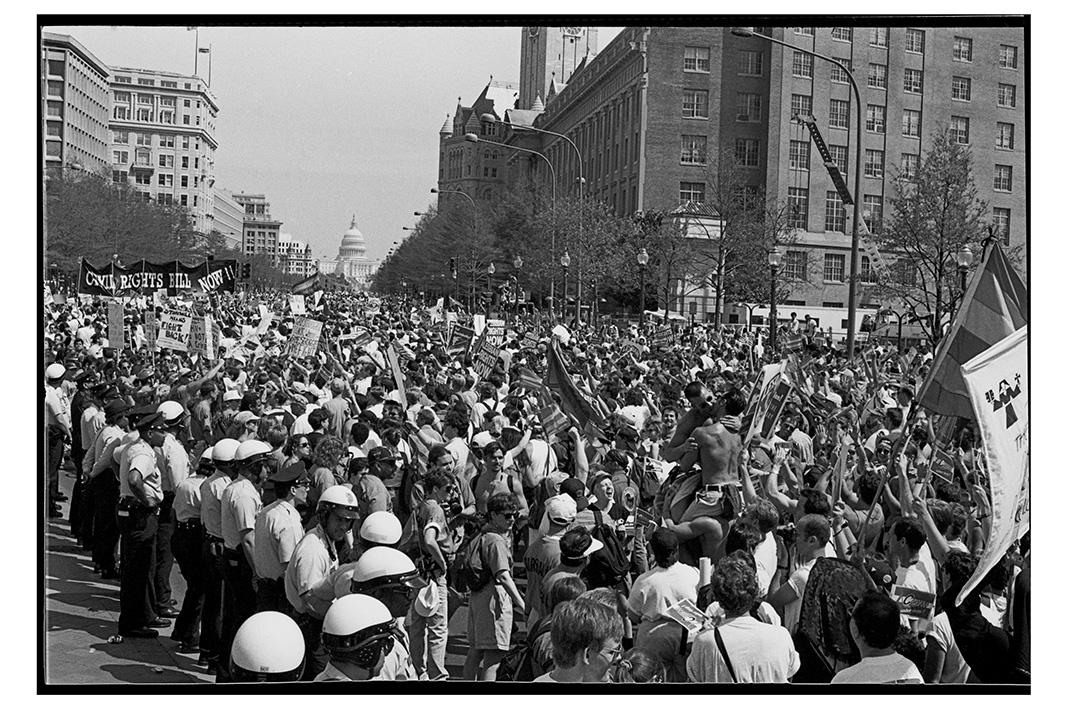
Luis Carle
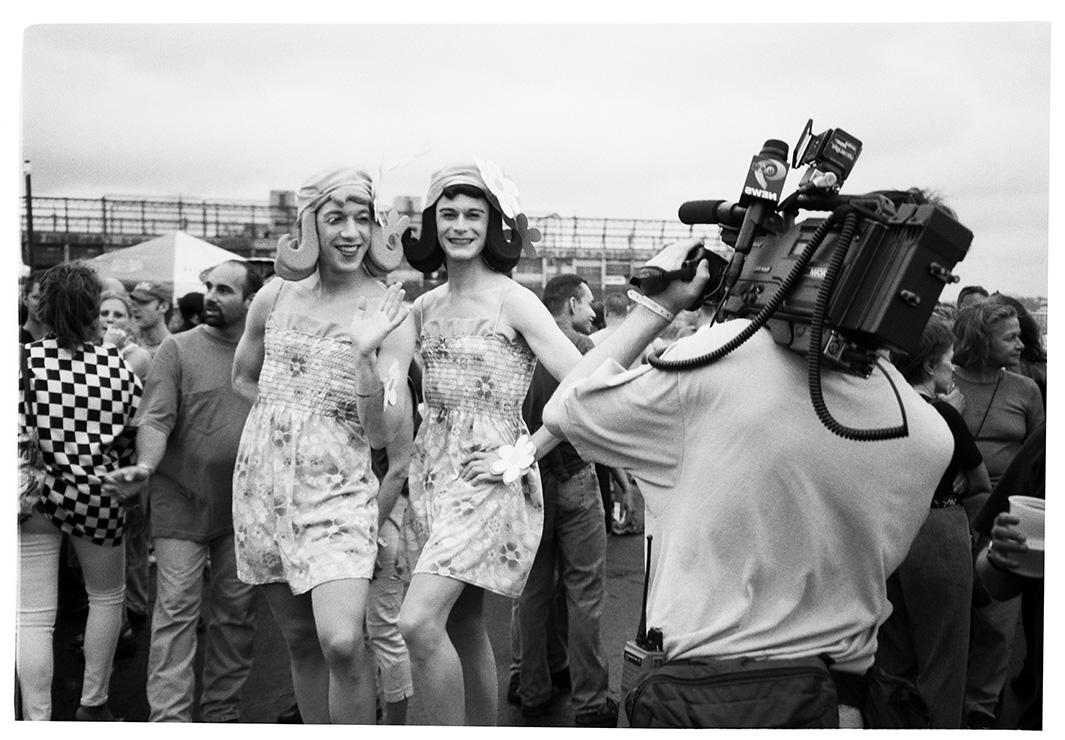
Luis Carle
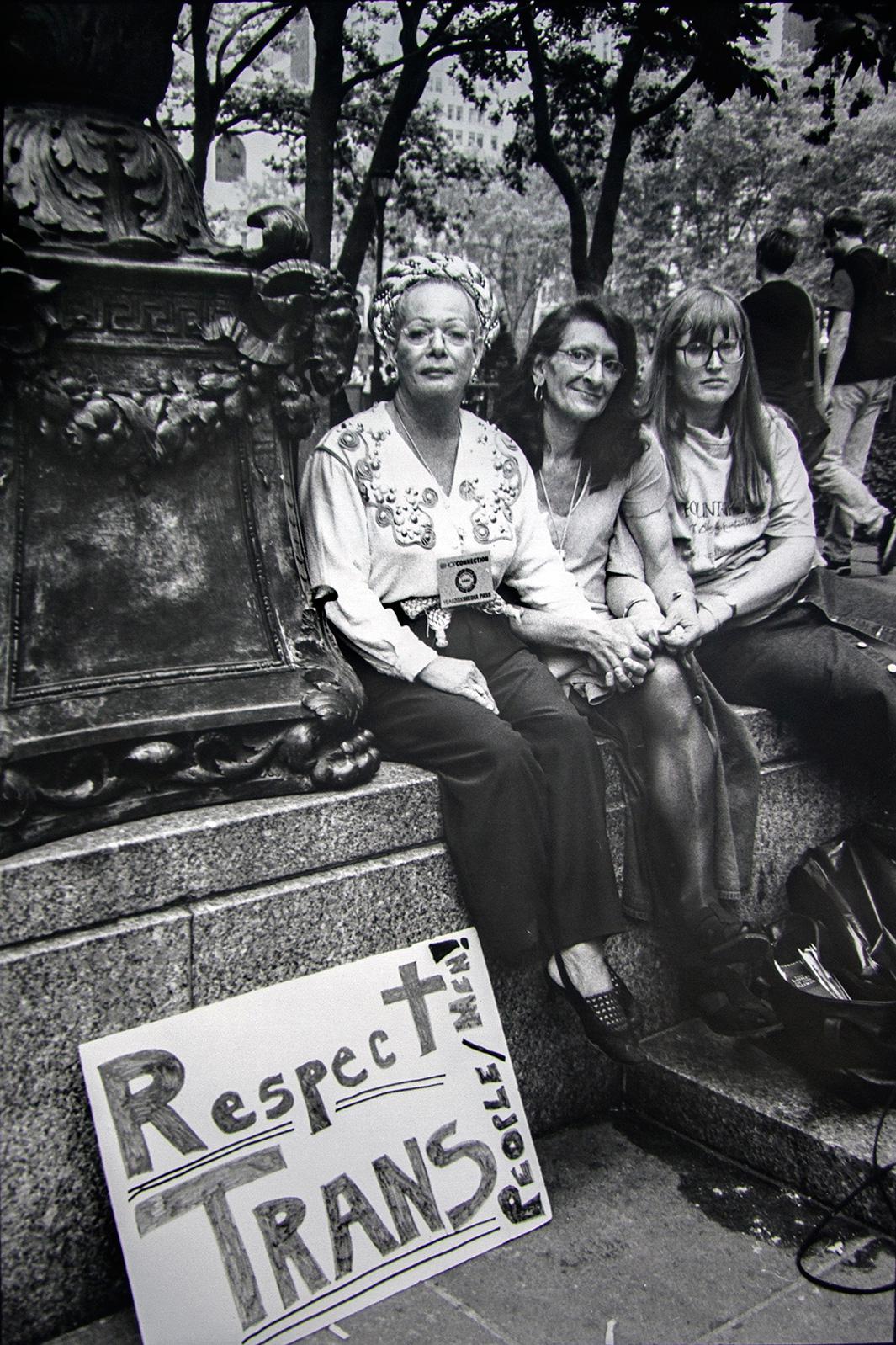
Luis Carle
Over the years, as Carle shifted into a fine-art genre of photography and he began to shoot digitally, he put most of his film negatives into a box and never revisited them.
Next week, as part of the Fuerza Fest, many of those images, along with the images from three other photographers from the 1980s, ’90s, and ’00s, will be on view at Julia de Burgos Latino Cultural Center in New York for an exhibition titled “Pride, Activism, Survival.” Carle said the exhibition, made possible by the support of the Hispanic Federation and the New York City Department of Youth and Community Development, is a nostalgic look back at both the Puerto Rican and LGBTQ communities during a time of radical change. For Carle, curating the show (along with Gladys Peña) has been a deeply emotional process.
“Its very intense,” he said. “I started going through [the pictures], and it started bringing up memories of friends; there are pictures of friends who passed away. … The pictures represent many of the places I used to hang out. … I met so many creative people, and I was exposed to such a creative environment.”
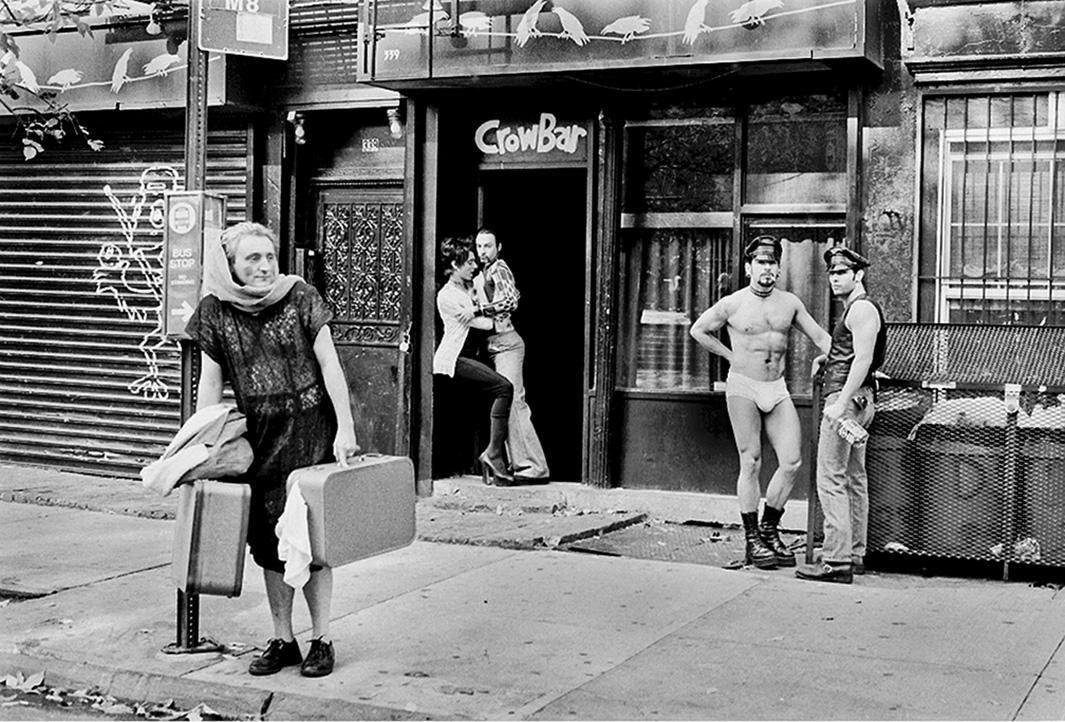
Luis Carle
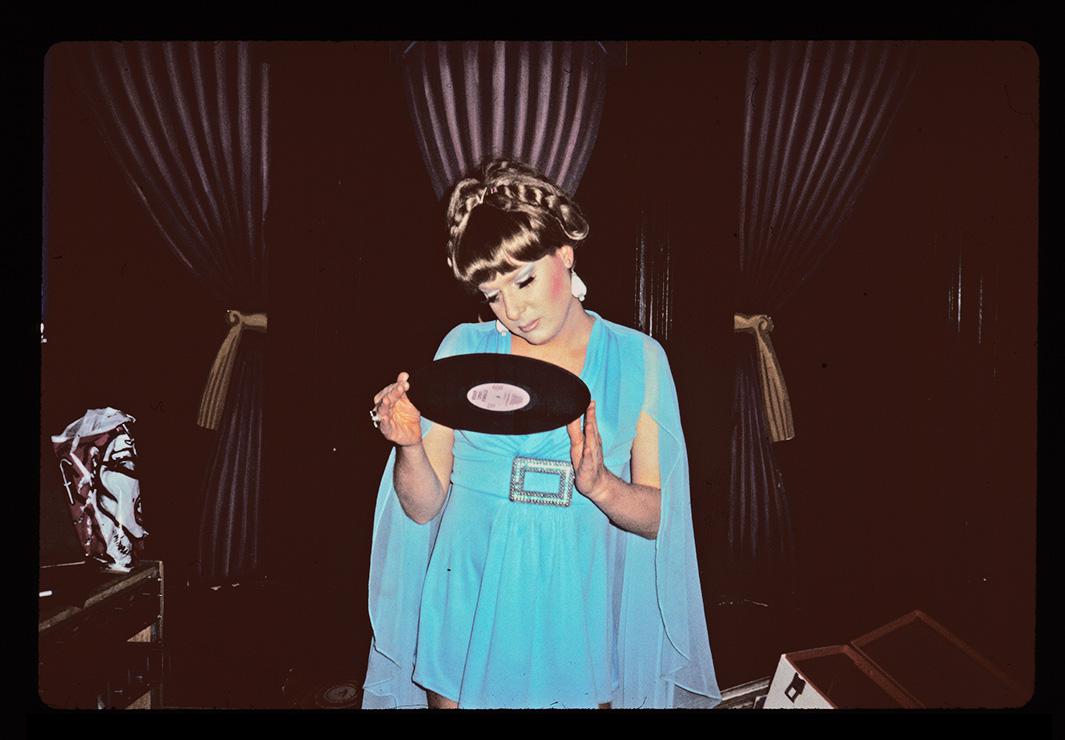
Luis Carle
Carle said he had been interested in showing the photographs for a while now, and he feels the hunger for nostalgia, specifically what was happening in New York during the 1980s, has recently become more prevalent.
“I wanted to do this show because I have been around all of these things since the ’80s,” he said. “I’ve been photographing but never did anything with those photographs because if I showed the picture of Lady Bunny with a record, they would go, ‘Yeah, but this isn’t fine art,’ but now it has become something that people are missing.”
Rodriguez Calero and Reyes Melendez will also be part of the exhibition*.
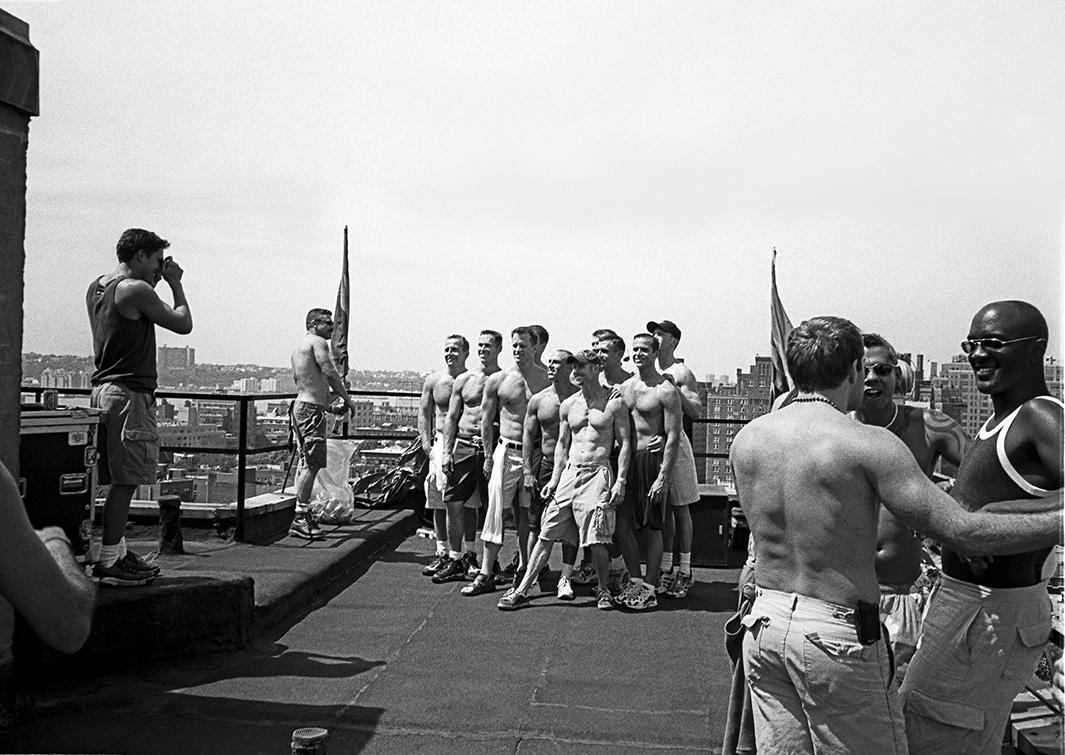
Luis Carle

Luis Carle
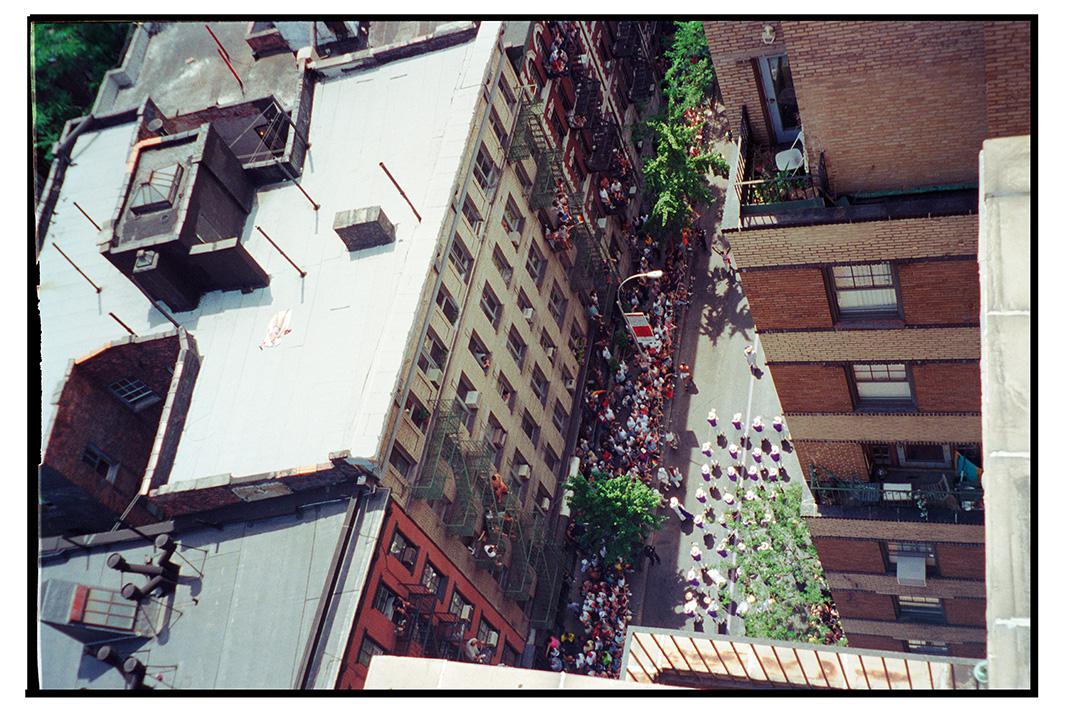
Luis Carle
Update, May 6, 7:00 p.m.: Ruben Natal-San Miguel is no longer involved with this exhibit.
